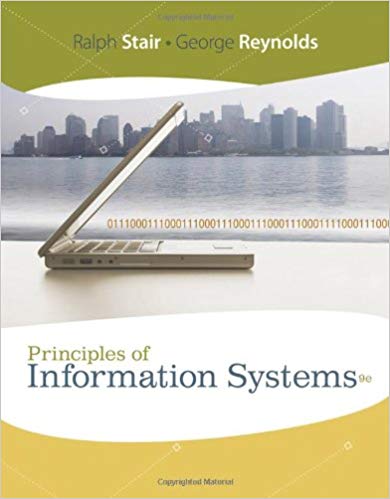J. Paul Getty was an American industrialist who made his fortune in the oil business. He made
Question:
J. Paul Getty was an American industrialist who made his fortune in the oil business. He made his first million at age 25 in 1916, and later became the world's first billionaire. Getty viewed art as a 'civilizing influence in society, and strongly believed in making art available to the public for its education and enjoyment.' To that end, he created an art museum in Los Angeles, California, and established the J. Paul Getty Trust, commonly referred to as the Getty. The Getty includes four branches: the Getty Museum, a research institute, a conservation institute, and a foundation. In the 1980s, the Getty discovered a need within the art research community. Researchers lacked a common vocabulary with which to discuss art and artists' work. Establishing a scientific vocabulary with which to describe artwork, style, and technique would allow the study and appreciation of artwork to flourish. To meet this need, the Getty created and published the Art and Architecture Thesaurus (AAT) in 1990. The three-volume tome, which includes a thesaurus of geographic names and the Union List of Artist Names, has become a priceless resource for art historical research. It provides tools, standards, and best practices for documenting works of art, just as the Library of Congress provides a standard cataloging tool for libraries. However, the massive AAT is difficult to search and is expensive to edit and update. Recognizing that a digital version of the resource would provide many benefits, the Getty recently began porting the AAT and associated volumes into a database that can be electronically searched and edited over the Web. To do so, the Getty had to first select a database technology in which to house the information, and a DBMS for use in searching and editing the contents. One challenge of building an online AAT was that the various components of the resource were stored using different proprietary technologies. The first task was to collect them into one common technology, which required a custom designed system. Technicians within the Getty opted to use Oracle databases and a product called PowerBuilder from Sybase, Inc., for the user interface. Custom coding was done in Perl and SQR programming languages to merge the components into a cohesive system. The result is a system called the Vocabulary Coordination System (VCS). The VCS is used to collect, analyze, edit, merge, and distribute the terminology managed by the Getty vocabularies. A special Web-based interface was developed that made searching the volumes easy enough for anyone to manage. You can try it yourself at www.getty.edu/research/conducting_research/vocabularies. The resulting system was so impressive that it won the Getty the Computerworld Honors Award in Media, Arts & Entertainment for innovative use of technology. The system makes it easy for scholars to update information in the vocabularies and for everyone from school children to professional art historians to research and learn about art and art history. The Getty online vocabularies are an ideal realization of J. Paul Getty's original philosophy of promoting human civility through cultural awareness, creativity, and aesthetic enjoyment.
Discussion Questions
1. What purpose do the Getty vocabularies serve, and how are they supported through database technology?
2. How does using the Web as a front end to this database further support J. Paul Getty's vision?
Critical Thinking Questions
1. What concerns do you think the designers of the database had when making this valuable resource available online to the general public?
2. Why did the database designers need to use custom designed code to collect the original data?
Step by Step Answer:

Principles of Information Systems
ISBN: 978-0324665284
9th edition
Authors: Ralph M. Stair, George W. Reynolds





